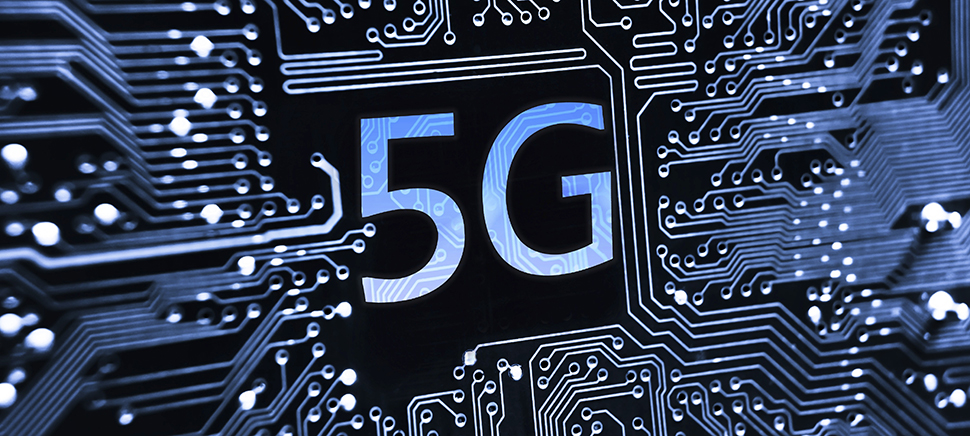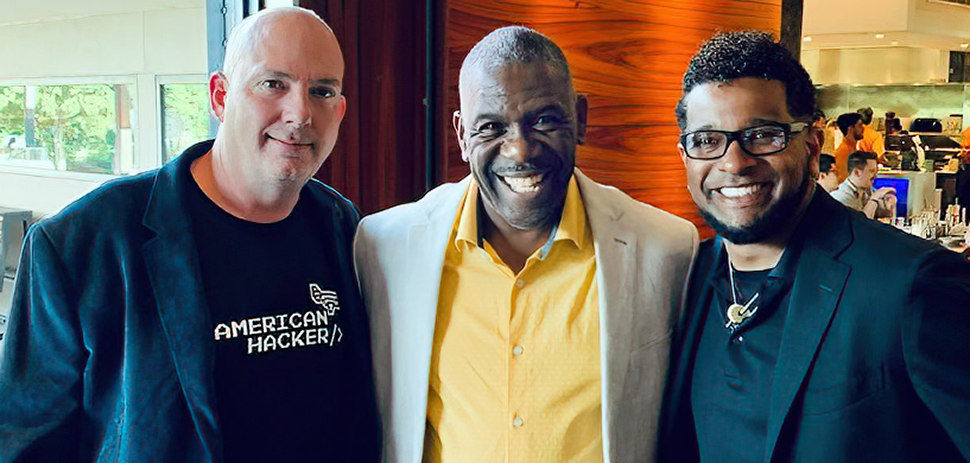5G IS COMING, AND EXPERTS SAY IT WILL BE DRIVEN BY NEW DEMAND, DATA GROWTH AND BUSINESS MODELS
We are in the era of 4G LTE, but in just a few years 5G technology will revolutionize how we communicate, manage, and live.
That’s the message a panel of telecommunications experts imparted Monday at the TIA Network of Future 2016 conference at the Renaissance Hotel in Dallas. The event is being held by the Arlington, Virginia-based Telecommunications Industry Association.
Members of “The Network of the Future: What Will It Look Like?” panel Monday discussed what’s in store for consumers and enterprise customers.
5G IS FIFTH-GENERATION WIRELESS TECHNOLOGY
“In a world in which everything is connected, every enterprise is a wireless service provider,” said Amit Jain, vice president of product management and marketing for SpiderCloud Wireless.
Every decade since the 1980s has been accompanied with a new generation of mobile data technology, referred to as 1G, 2G, etc. The panel of technology experts discussed what makes the emerging fifth-generation wireless network different.
There are two components to the 5G network: underlying infrastructure and spectrum, which Jain compared the make-up to the foundation of a house and what’s in the air.
In the past, each network generation came with a technology breakthrough.
“We get this opportunity about once every 10 years, let’s make 5G something different.”- Fran O’Brien
Fran O’Brien, Ph.D., chief technology officer, Wireless Standards Mobility Group for Cisco Systems, said 5G instead is driven by new demands, data growth, and business models.
“We get this opportunity about once every 10 years, let’s make 5G something different,” O’Brien said.
Personalization is another key to 5G, according to Sameh Yamany, chief technology officer for Viavi Solutions. A society that revolves around smartphone use poses unique demands.
Yamany emphasized usability, and said Viavi recognizes users don’t want to deal with a complicated system. They don’t want five passwords, he said, and they want a system that is completely automated and transparent.
Michael Lasky, principal at Widelity Inc, and moderator of the event, said 5G is like a tidal wave coming. There’s a lot of buzz around 5G being rolled out in time for the Olympics, but the path to it will continue far past this summer, he said.
The transition from 4G to 5G won’t happen overnight, but O’Brien said we can expect major changes in 2020. 5G is a solution to a collection of use-cases, which Jain said likely will be solved at different times.
“This will not suddenly happen one day.” – Amit Jain
“This will not suddenly happen one day,” Jain said, “but the network will be the result of goals we all want to achieve.”
What are the major challenges? Technically speaking, O’Brien said latency is the most difficult part. Distance also will be a larger factor, as networks needs to be closer and more local.
The goal is to achieve LTE-like performance with Wi-Fi like simplicity, Jain said. To deliver this capacity, you need an extremely dense network.
The question industry professionals are facing is, how do you build that?
Although some answers regarding the 5G network are still “TBD,” O’Brien said professionals in their field are working to achieve forward-capability.
For a daily dose of what’s new and next in Dallas-Fort Worth innovation, subscribe to our Dallas Innovates e-newsletter.
































